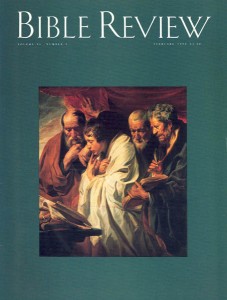Glossary
New Testament manuscripts uncials, minuscules, palimpsests and all that stuff
Every literary work put into writing before 1456, when Gutenberg’s Latin Bible rolled off the presses, had to be copied by hand. With long works, such as the Bible, this was not only a tedious process, it also resulted in many variations (of greater and lesser degree) in the text. Today, well over 5,000 of these hand-copied manuscripts of part or all of the Greek New Testament survive, not to mention over 10,000 manuscripts of the Latin Vulgate New Testament. Much as an archaeologist removes layers of a tell, carefully considering every scrap of evidence, a textual critic “digs” through the mountains of manuscript evidence and carefully “weights” every variation in the text as he or she searches for the exact wording of the original. In addition to the Greek and Latin manuscripts mentioned above, there are also hundreds of manuscripts of other early versions (such as the Coptic and Syriac), and an untold number of quotations from the New Testament in the writings of the early church fathers, all of which can assist textual critics in their search. It should be noted that the principles and tools of the textual criticism of the Hebrew Bible differ so markedly from those of the New Testament that only the latter will be dealt with in this article.
Already a library member? Log in here.
Institution user? Log in with your IP address.

